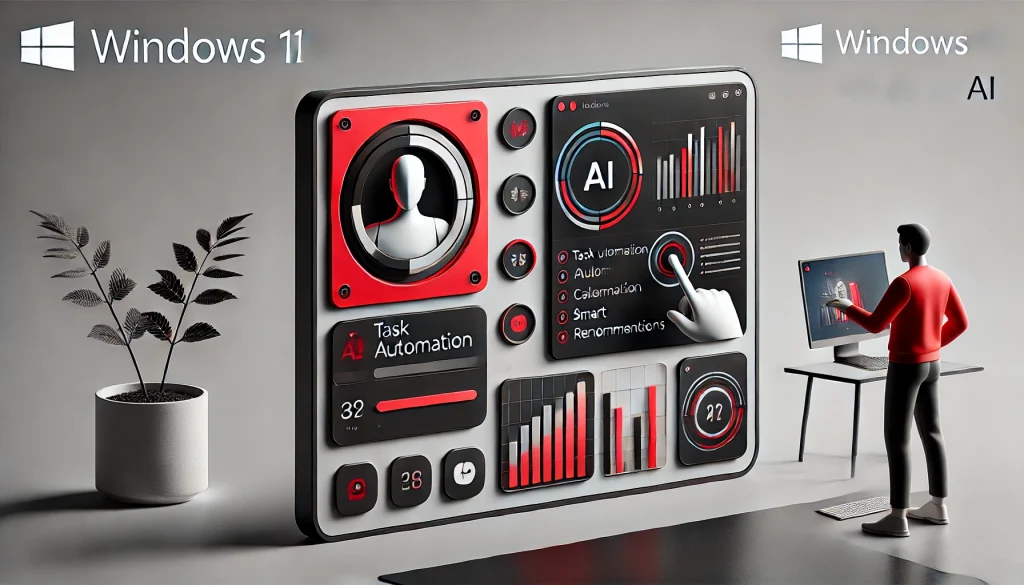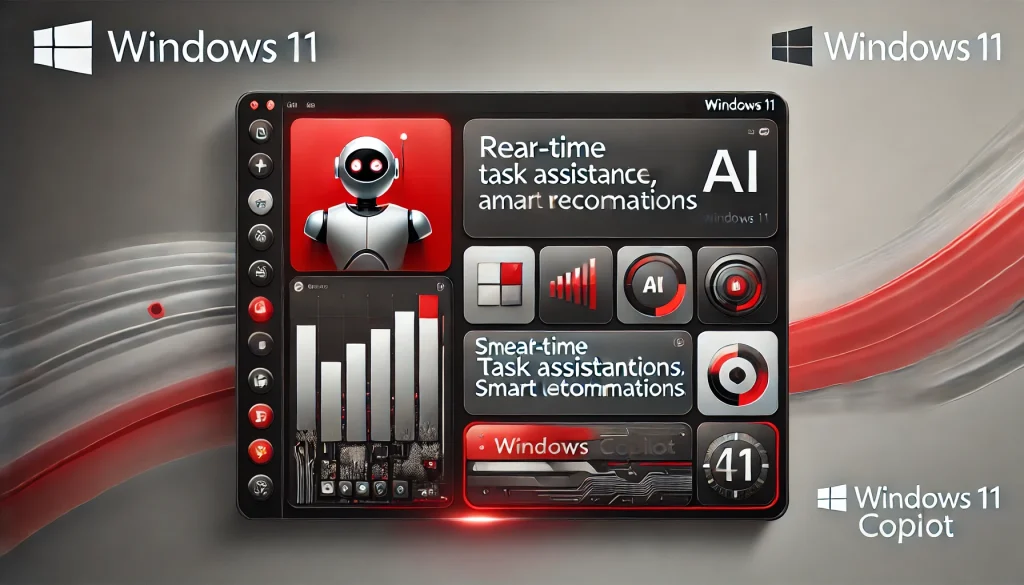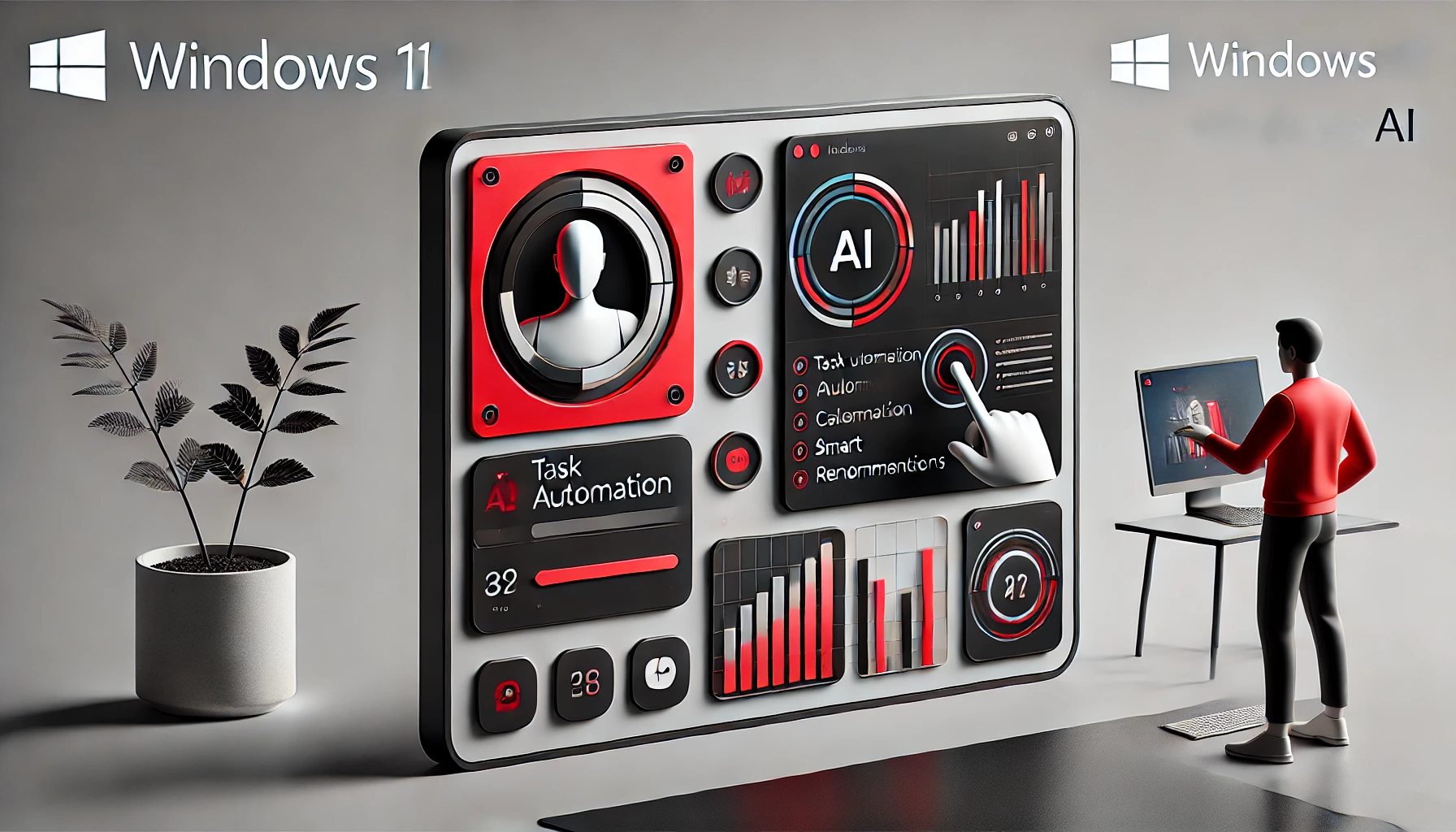
As AI becomes increasingly embedded in technology, Microsoft has unveiled a game-changing addition to its operating system lineup: Windows Copilot. Introduced as an integrated AI assistant for Windows 11, Copilot promises to redefine user interactions and productivity within the Windows OS. From enhanced workflows to personalized suggestions, this AI-driven assistant could be a landmark in the way we experience computing. For Microsoft enthusiasts and industry professionals, Copilot brings an exciting step forward, combining AI’s power with familiar functionality. This article will break down its key features, performance, and potential implications for the future of Windows OS.
Overview of Windows Copilot
Windows Copilot is Microsoft’s latest attempt to integrate AI directly within the Windows OS, providing users with a more intuitive, hands-on experience across their devices. This tool is not just a digital assistant; it combines AI capabilities with Microsoft’s Bing search engine and Office tools to facilitate seamless task management, creative work, and communication. A primary goal of Copilot is to be proactive—understanding user needs and preemptively offering solutions. This makes it much more than a reactive voice assistant, pushing Copilot to become a comprehensive tool within Windows that adapts to user behavior.
Key features of Windows Copilot include real-time document summarization, contextual suggestions, personalized web search, and productivity-enhancing recommendations. By leveraging Bing’s AI-powered Copilot and integrating with tools like Word, Excel, and PowerPoint, Windows Copilot supports users with everything from routine tasks to complex project management. Built into Windows 11, it’s easily accessible, streamlining workflows and reducing the need for additional productivity software.
Key Features and Specifications of Windows Copilot

1. Advanced Task Management
Windows Copilot offers multi-functional task management capabilities that help users organize workflows efficiently. By accessing an intelligent task list within the Windows interface, users can add reminders, assign priorities, and set deadlines, all of which the AI assistant tracks and manages in real time.
2. Smart Content Generation
Integrated with Microsoft Office, Copilot can help with content creation by suggesting improvements, creating summaries, and drafting text based on user input. It particularly excels in Word and Excel, where it provides AI-powered writing suggestions, data analysis, and even visualizations based on data input.
3. Enhanced Search with Bing Integration
With Bing Copilot integration, users can quickly search for information on the web directly from their desktops. The AI is trained to offer contextual search results, which means it pulls up information that aligns closely with the user’s tasks, whether in a document or email.
4. Real-Time Summarization and Suggestions
One of the most notable features of Windows Copilot is its real-time summarization capabilities. For example, if a user opens a lengthy document, Copilot can provide an instant summary, helping users grasp key points without reading every word. Additionally, the AI provides contextual suggestions—offering insights or related information based on the document’s content.
5. Seamless Integration with Windows 11 Interface
Unlike standalone AI applications, Copilot is embedded directly into the Windows 11 user interface, making it accessible and user-friendly. The interface is designed to be intuitive and consistent with other Microsoft tools, allowing users to switch between applications while retaining the functionality of Copilot.
In-Depth Review of Windows Copilot

1. Performance and Usability
Windows Copilot’s performance is robust, handling task-intensive processes like real-time data analysis and content generation with minimal lag. The interface is smooth, aligning with the streamlined experience of Windows 11. Usability is enhanced by easy access within the taskbar, ensuring users can summon the assistant at any time. Voice recognition is accurate, and the AI can respond to both typed and spoken commands, a welcome addition for users with different accessibility needs.
2. User Experience and Interface
Its placement within the system makes it feel like a natural extension rather than an added tool. The clean, minimalistic design of the AI assistant window aligns well with the Windows 11 aesthetic, providing users with an interface that is both functional and visually appealing.
3. Comparison with Other AI Assistants
Windows Copilot stands out when compared to competitors like Apple’s Siri or Google Assistant. Unlike these assistants, Copilot’s primary strength lies in office productivity rather than general information retrieval or home automation. The integration with Office products like Word and Excel, combined with Bing’s AI search capabilities, make it a formidable tool for professional environments.
Pros and Cons of Windows Copilot
Pros
- Seamless integration with Windows OS and Office Suite
- Intelligent task management and content generation
- Enhanced search with Bing Copilot and contextual suggestions
- Customizable to user needs, making it versatile
Cons
- Heavy reliance on Internet connectivity for optimal performance
- May face limitations in non-Microsoft environments
- Subscription cost could deter casual users
Evaluation and Rating
Copilot has shown to be highly effective in enhancing productivity. Its integration with Windows 11 and Microsoft’s Office Suite gives it a significant advantage in work settings. The assistant can anticipate user needs, which, when combined with its efficient task management and data summarization, is a game-changer for busy professionals. Rating: 8.5/10
Conclusion
Microsoft’s Windows Copilot is an impressive leap toward AI-integrated operating systems, offering users an experience that is not only functional but also forward-thinking. The assistant’s ability to streamline work processes, generate content, and manage tasks makes it highly useful for professionals across industries. With more updates likely on the way, Copilot could become an indispensable feature of Windows 11, promising even greater functionality and smarter AI responses in the near future.
FAQ
What is the main purpose of Windows Copilot?
Windows Copilot is designed to enhance productivity within Windows 11 by managing tasks, generating content, and providing contextual AI-powered assistance.
How does Windows Copilot compare to other AI assistants?
Unlike general-purpose assistants, Copilot is specifically tailored for office productivity, offering deep integration with Microsoft Office and Bing’s AI.
Is Windows Copilot available on earlier versions of Windows?
No, Windows Copilot is currently only available on Windows 11 and is not compatible with earlier versions of the OS.
Resources
- Computerworld. Microsoft Copilot Pro Review: Office Joins the GenAI Revolution
- PCMag. Microsoft Copilot Review
- Tom’s Guide. I’ve Tried the New AI Features of Copilot
- Windows Central. 12 Things Microsoft Copilot Can Do on Windows 11
- ZDNet. Microsoft Copilot vs. Copilot Pro: Is the Subscription Fee Worth It?

Brijesh Gohil is the founder of Tech Brij, A popular Tech Blog which is focused on Tech tips & Buying Guides. You can follow him on Facebook, Twitter, Google + & LinkedIn.

